In-stock products will arrive in 1 to 2 business days
Key Features
✓ Endotoxin Level: <0.5 EU/1ug
✓ Purity: >96% SDS-PAGE
✓ Biological Activity: Yes
✓ Expression System: E. coli
Need Help Ordering?
Product Details
Storage & Preparation
Data Images
Background
Product Documents
Product Details
| Biological Activity | Determined by an osteoclast differentiation assay using mouse RAW 264.7 cells. The ED50 for this effect is typically 1-10 ng/mL |
| Purity | >96% by SDS-PAGE and quantitative densitometry by Coomassie® Blue staining |
| Endotoxin | <0.5 EU per 1 µg of the protein as determined by the LAL method |
| Expression System | E. coli. |
| Accession Number | O35235 |
| Sequence | Ala144-Asp316
AMMEGSWLDV AQRGKPEAQP FAHLTINAAS IPSGSHKVTL SSWYHDRGWA KISNMTLSNG KLRVNQDGFY YLYANICFRH HETSGSVPTD YLQLMVYVVK TSIKIPSSHN LMKGGSTKNW SGNSEFHFYS INVGGFFKLR AGEEISIQVS NPSLLDPDQD ATYFGAFKVQ DID |
| Molecular Weight | 19.3 kDa (monomer, predicted) |
| Formulation | Lyophilized from sterile PBS with Trehalose, pH 7.4, without carrier-protein. |
Storage & Preparation
| Shipping | Shipped at ambient temperature. |
| Stability & Storage |
|
| Reconstitution | Reconstitute at 100 ug/mL in sterile PBS. |
Data Images
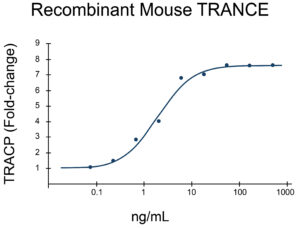 |
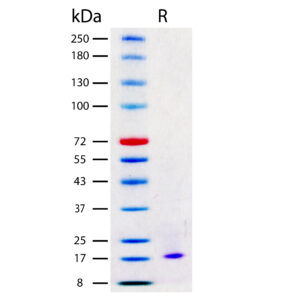 |
| Determined by an osteoclast differentiation assay using mouse RAW 264.7 cells. The ED50 for this effect is typically 1-10 ng/mL. | Recombinant Mouse TRANCE/RANKL (2 ug/lane) on SDS-PAGE under reducing (R) conditions. The gel was stained using Coomassie® Blue showing a single band at 19 kDa and purity greater than 96%. |
Background
| Alternative Names | Tumor Necrosis Factor Ligand Superfamily Member 11, TNFSF11, TNF-Related Activation-Induced Cytokine, Osteoclast Differentiation Factor, Receptor Activator Of Nuclear Factor Kappa B Ligand, Tumor Necrosis Factor Ligand 6B, Osteoprotegerin Ligand, TRANCE, RANKL, OPGL, ODF, CD254, HRANKL2 , TNLG6B, OPTB2, SOdf |
| Function | TRANCE (TNF-related activation-induced cytokines) also known as RANKL (Receptor Activator of Nuclear Factor Kappa-B Ligand), is a protein primarily involved in the regulation of bone remodeling and immune function. Its main function is to stimulate the differentiation and activation of osteoclasts. Expression of TRANCE by T cells promotes survival and activation of dendritic cells. Development of the lymph node stromal cells involves TRANCE and regulation of self-tolerance in the thymus also involves TRANCE. Additional functions of TRANCE include: differentiation of lactating mammary epithelial cells, glucose metabolism in the liver, tumorigenesis and metastasis. TRANCE signaling is facilitated through binding its receptor, RANK (CD265). However, Osteoprotegerin (OPG) acts as a decoy receptor for TRANCE, thereby regulating TRANCE-RANK interactions. |
| Tissue Specificity | TRANCE expression has been reported in primarily in lungs, thymus and lymph nodes, and also in bone marrow, stomach, spleen, breast, placenta, heart, thyroid, and skeletal muscle. |
| Cellular Localization | Membrane-bound and cleaved soluble protein forms |
| Involvement in Disease | Dysregulation of TRANCE is related to osteoporosis, rheumatoid arthritis (RA), Paget’s disease (chronic bone disorder characterized by abnormal bone remodeling), bone loss in periodontal disease, vascular calcification, multiple sclerosis (MS), systemic lupus erythematosus (SLE), multiple myeloma, breast cancer, lung cancer and bone metastases of tumors. |
| UniProt | O35235 |
| Gene Symbol | TNFSF11 |
| Entrez Gene ID | 21943 |
Product Documents
| Product Datasheet | Download Product Datasheet |
| COA | Contact Us |
| SDS | Download SDS |
You may also be interested in related products:
Reviews (no reviews yet)
Only logged in customers who have purchased this product may leave a review.
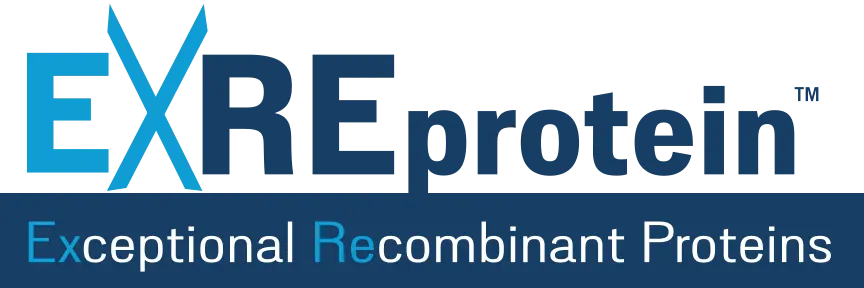

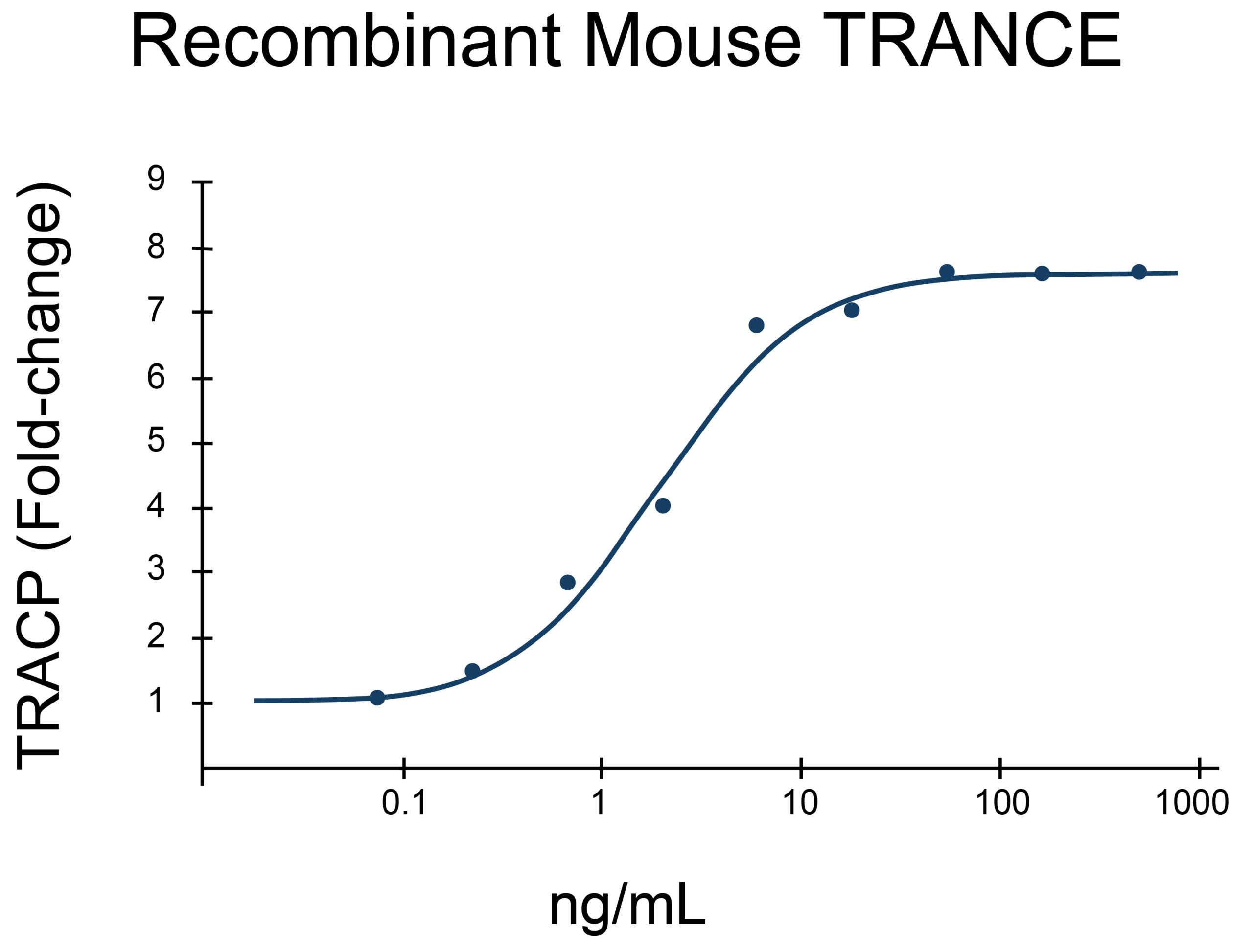
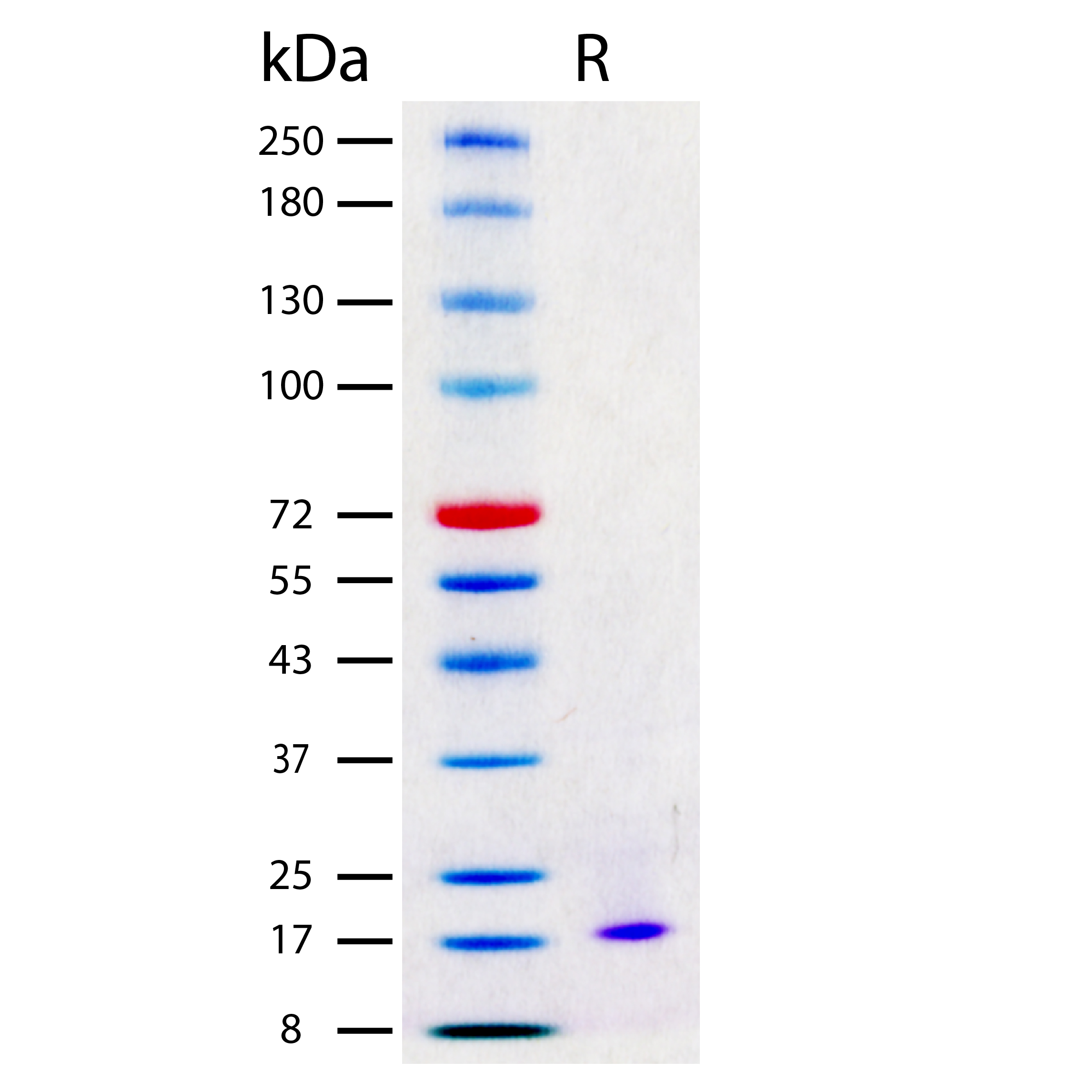
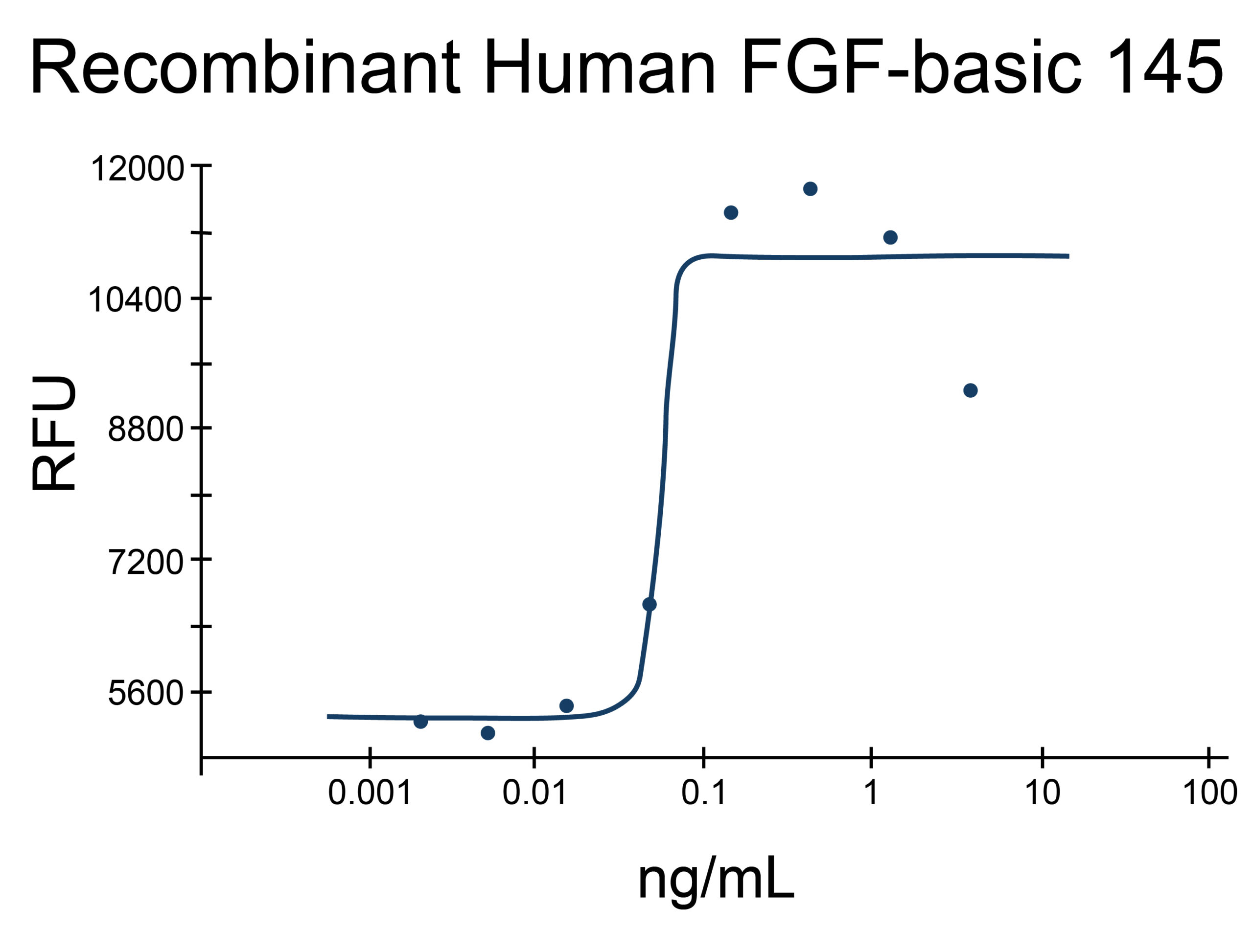

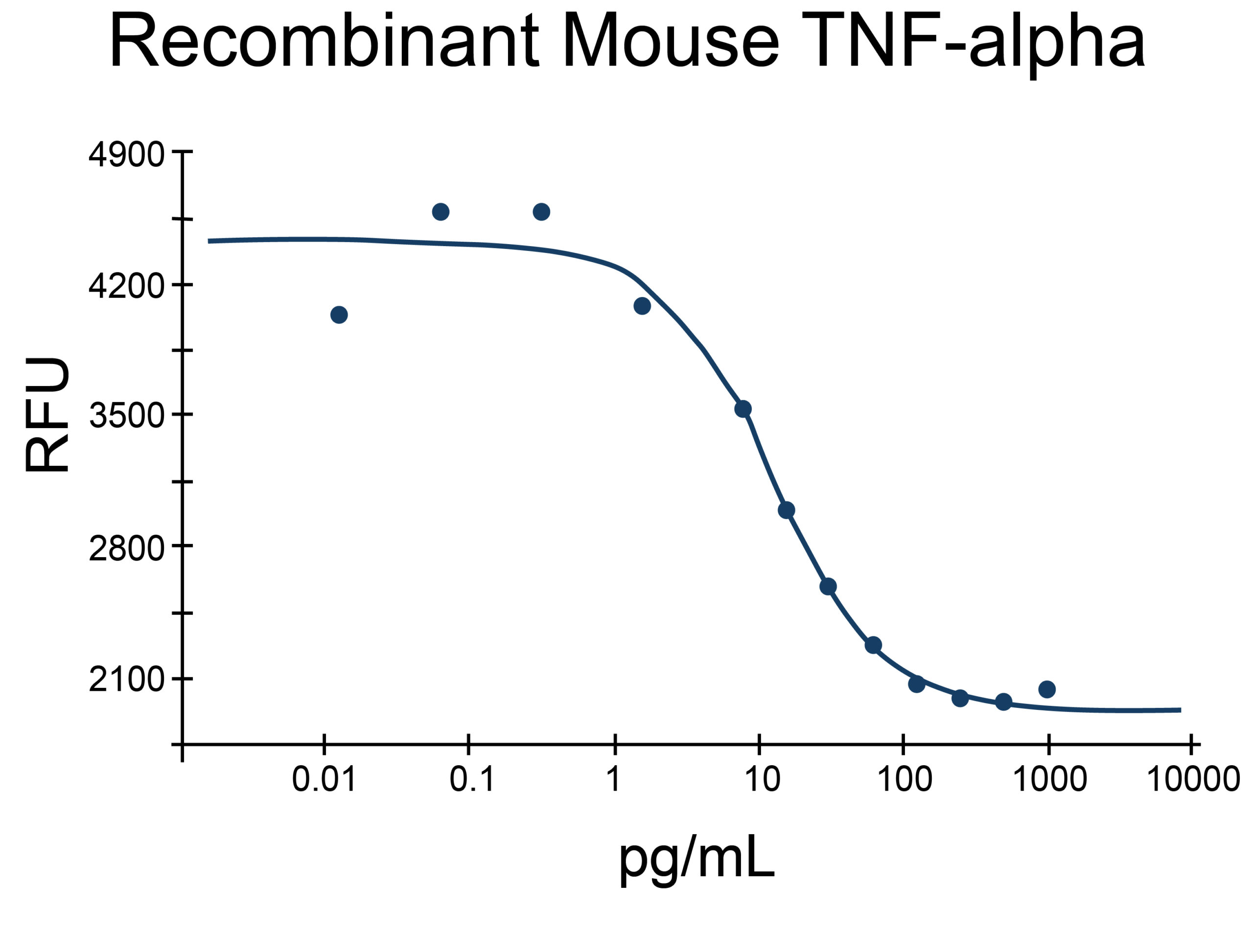
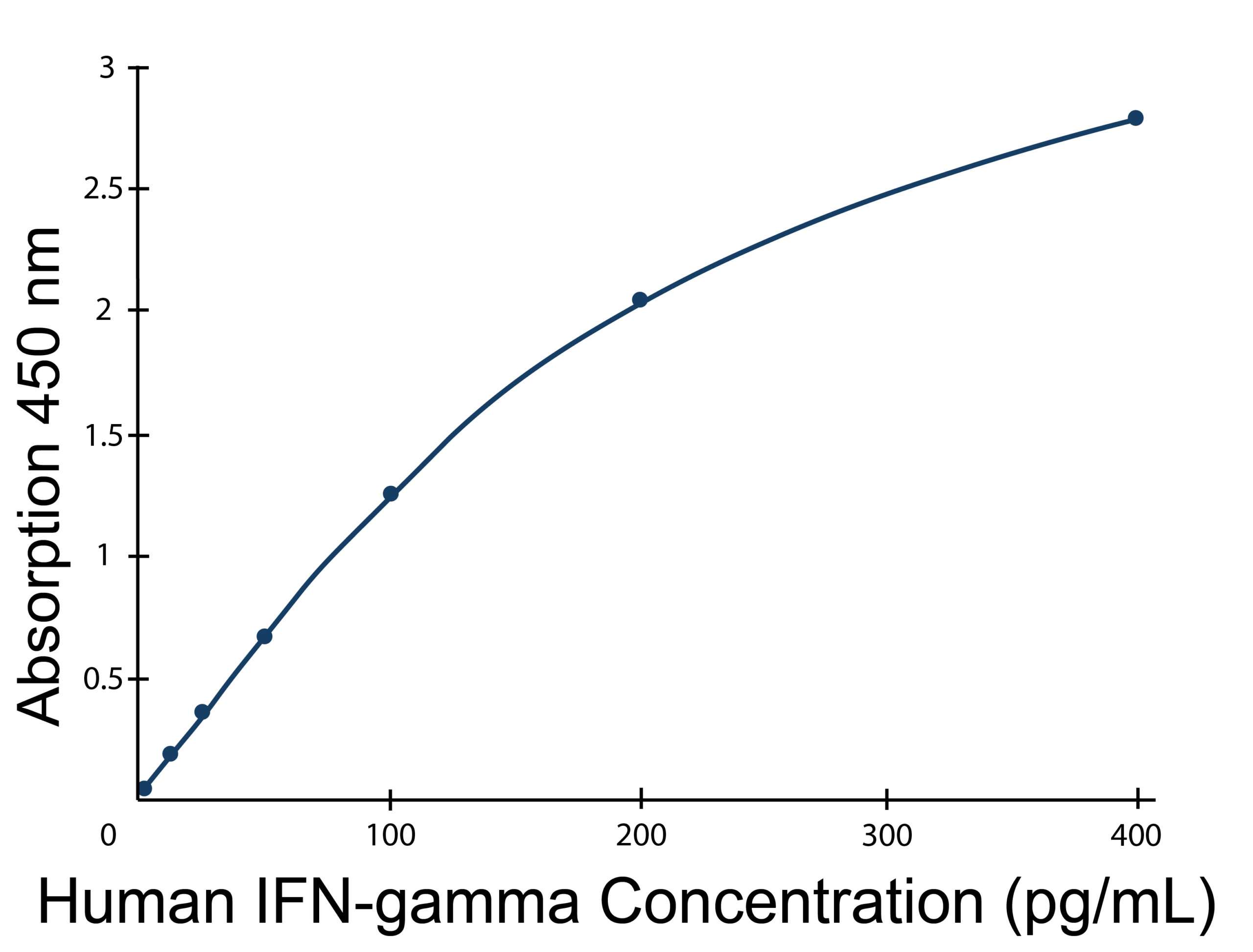
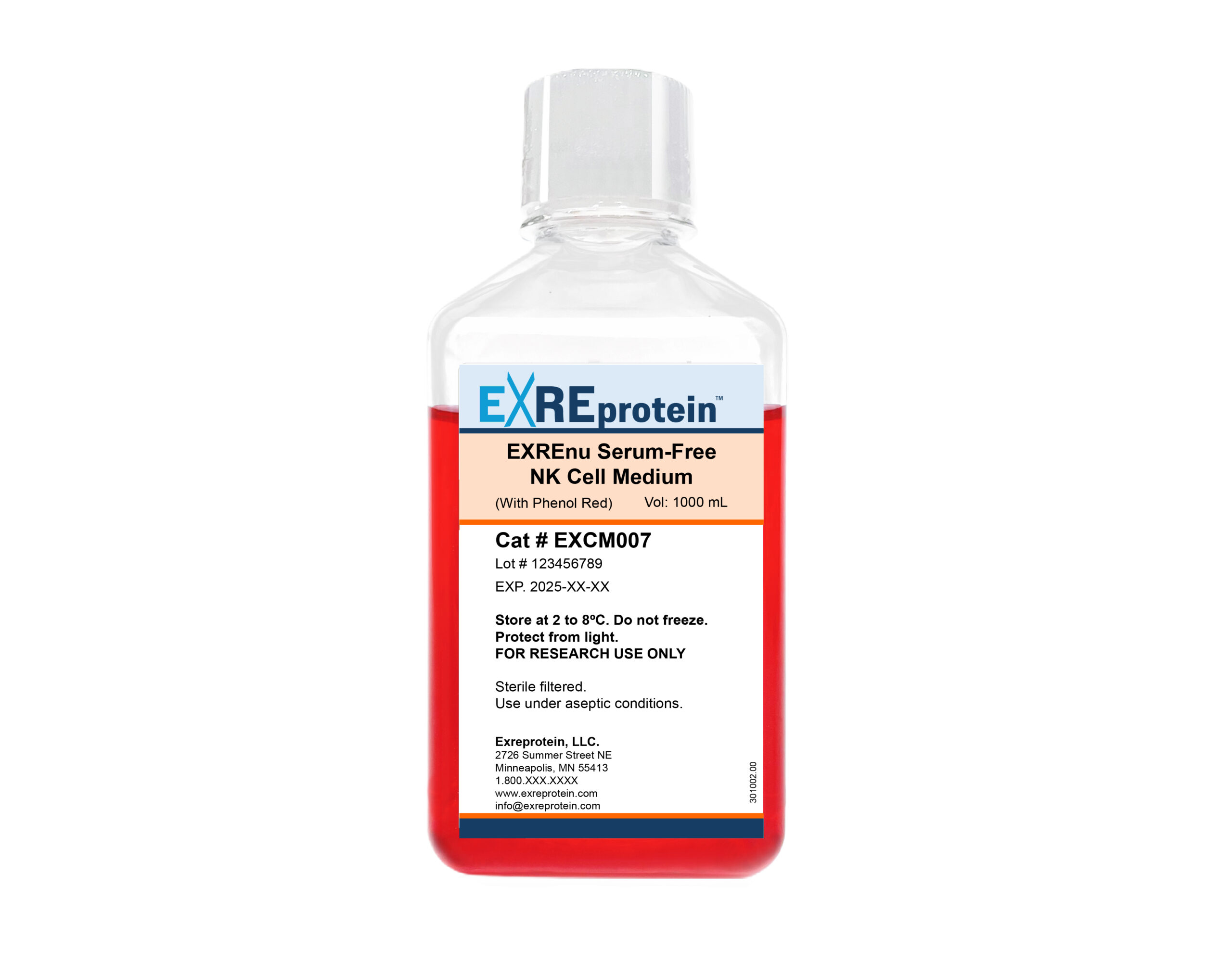
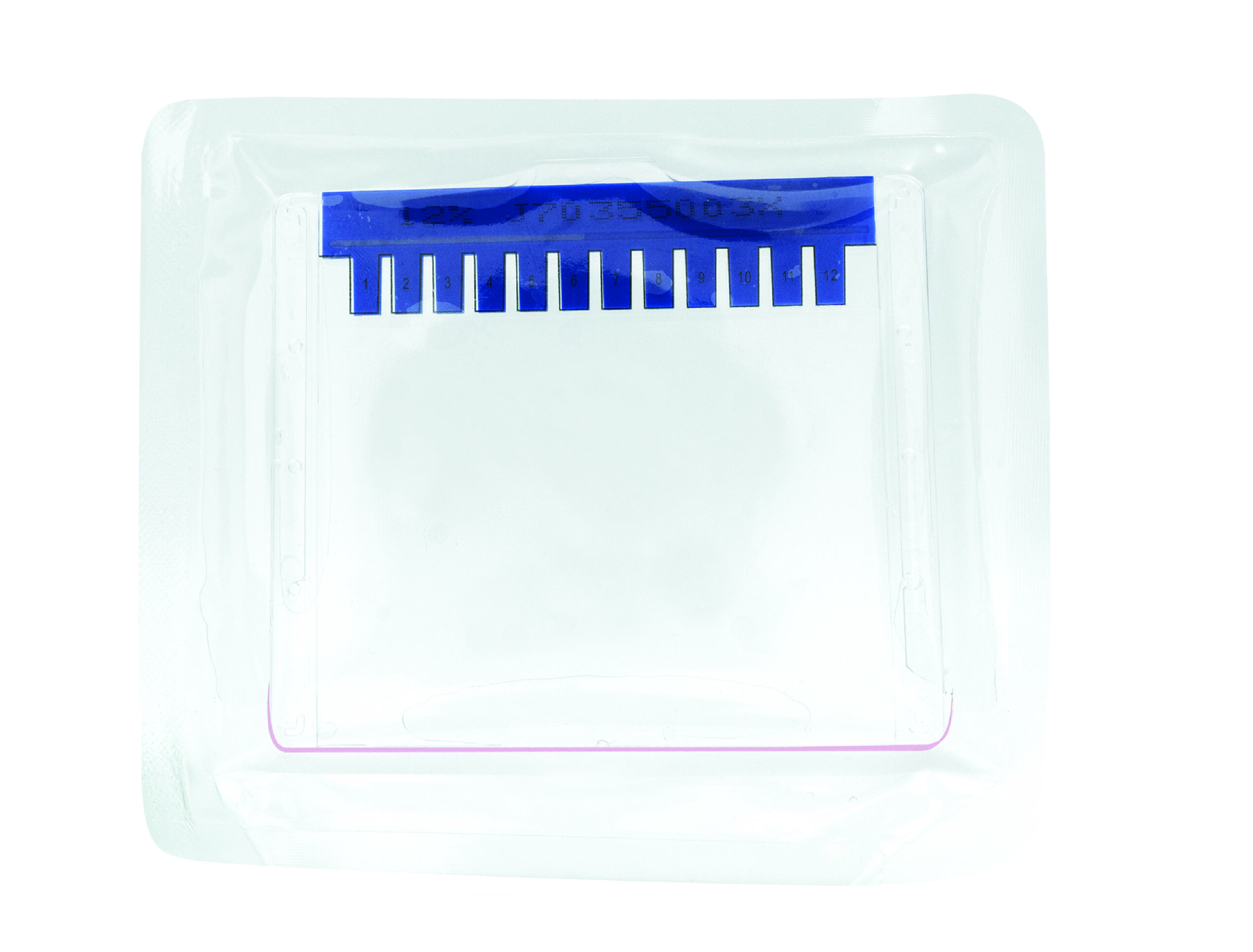
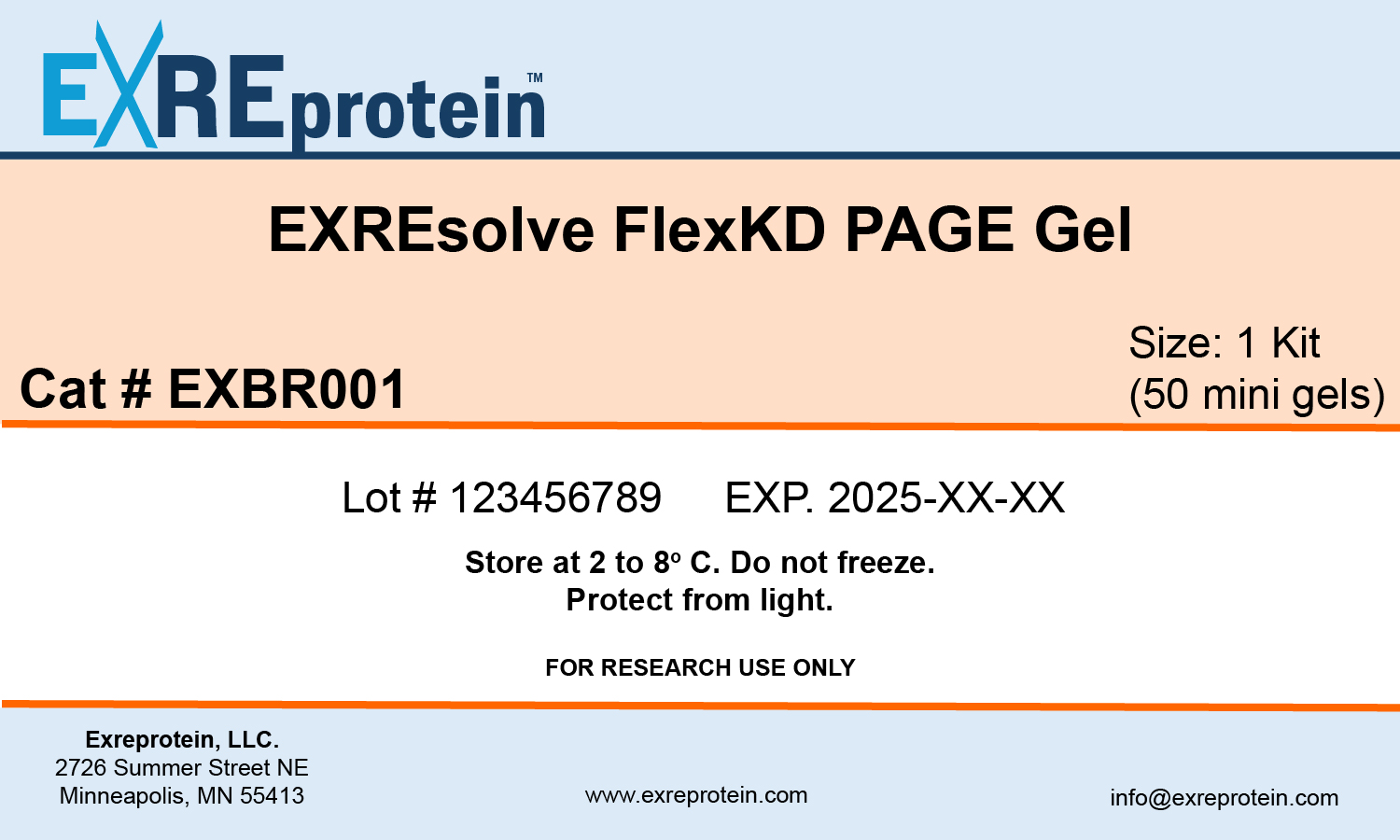
Reviews
There are no reviews yet.